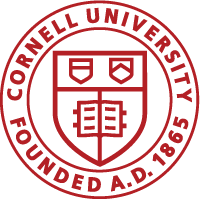Myocardial Stunning during Balloon Valvuloplasty in Dogs with Pulmonic Stenosis
Principal Investigator: Manuel Martin-Flores
Co-PI: Romain Pariaut
DESCRIPTION (provided by applicant):
Pulmonic stenosis (PS) is the most common congenital cardiac defect in dogs. It is often treated by dilating the narrowed pulmonic valve (pulmonic balloon valvuloplasty; PBV), which reduces resistance and improves transvalvular blood flow. Success of PBV is assessed during the procedure by measuring a decrease in the transvalvular pressure gradient. This decrease is interpreted as a relief in the resistance to blood flow through the pulmonary valve (successful dilation). In a subset of dogs, however, the transvalvular pressure gradient is only transiently decreased, and then raises again, days or weeks post-dilation. Our clinical observations suggest that in some dogs, a sudden decrease in cardiac contractility occurs during PBV. We surmise that this is secondary to transient myocardial ischemia which develops during the procedure. This phenomenon is known in people as “myocardial stunning”, which occurs under similar predisposing conditions to our dogs with PS and PBV (e.g., hypertrophic myocardium and poor coronary perfusion). This leads to our overarching hypothesis that the drop in contractility during myocardial stunning contributes to the reduction in transvalvular pressure gradient measured during the procedure, which may be erroneously interpreted as successful dilation. It also explains the subsequent increase in gradient once the effects of stunning dissipate. Myocardial stunning has not been described in dogs, as measurements of cardiac contractility require the acquisition of ventricular pressure-volume loops, which is technically challenging and costly. Our laboratory has developed the skills for these measurements, and we propose to apply these techniques to substantially improve our cardiac monitoring abilities during PBV in our hospital. This study will help us better understand myocardial stunning, more precisely assess the hemodynamic effects of PBV, and evaluate if factors specific to the dogs or the procedure may be associated with stunning. At study completion, we will have determined if stunning is associated with poor outcomes, and developed clinical, user-friendly techniques that may be used as surrogates for contractility measurements.


